Geigenbauer-Denkmal (Violin Maker Monument)
A monument to the small town of master violin makers and its countless luthiers.
The small town of Luby in Czechia has been the center of violin building for decades, going back to when it was called Schönbach and part of Austria-Hungary. The first violins in the area were built in the late 16th century, and by the 20th century almost everybody in the area was building musical instruments or their parts, especially guitars and violins.
The mining of cinnabar, beginning in the 13th century, brought throngs of miners to the Austrian town—and lots of musicians to entertain them. To earn a bit of extra income, many of the miners started to build musical instruments. Slowly but surely the production of violins and other string instruments became the major trade in the town Schönbach and the surrounding area.
By the end of the 17th century the town was considered the Austrian Cremona (the town in Italy where Stradivarius came from). Those who weren’t themselves violin makers built parts for the instruments or fabricated strings and cases. Others bought and sold the special wood needed to craft the instruments or bought the completed instruments to sell. Instruments from “Schönbach” became known worldwide and the town’s Musikschule (music school) became one of the best violin maker schools in the world. Many of the luthiers were well known names, and for the countless builders whose names are unknown, the town erected the Geigenbauer-Denkmal, or Violin Maker Monument, in 1927.
After World War I, Schönbach became part of Czechoslovakia. But not a lot changed for the people who lived there: They kept building master violins and did not care much about anything else. When in 1927 the Geigenbauer-Denkmal was unveiled, Luby had around 4,500 inhabitants of which around 1,500 played some part in manufacturing string instruments. But with the Second World War, problems came. First the economy slowed down and the demand for musical instruments decreased. Then the Nazis occupied Czechoslovakia, and most of the violin makers were drafted into the German Army and had to go to war.
When the war was over, everybody who spoke German was expelled from Czechoslovakia, among them around 1,600 instrument makers from Schönbach, which was now called Luby. Most of those instrument makers settled with their families in Bubenreuth, Bavaria, Germany, where they continued the tradition of violin making and soon earned fame for their new hometown. But as part of Czechoslovakia Luby was under communist rule. The workshops of the few instrument makers who still existed in the town were nationalized and put together under the brand name “Cremona.” Soon young luthiers joined the old ones and Luby became again known for its master violins, and the school continued to trained young violin makers.
Many things changed over the centuries, but one thing never did. Luby is still known worldwide for its string instruments and the Geigenbauer-Denkmal still watches over the town, a testament to 400 years of tradition and mastery.
Know Before You Go
The "Geigenbauer-Denkmal" can be visited at all times.

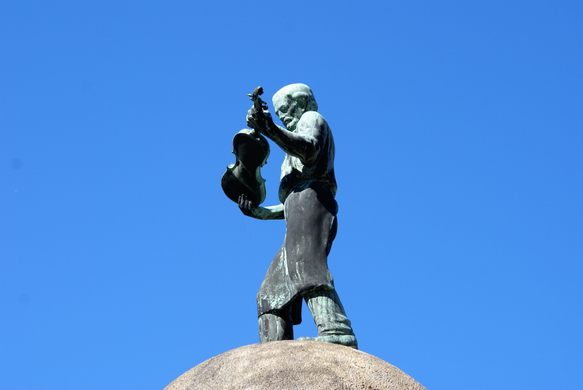
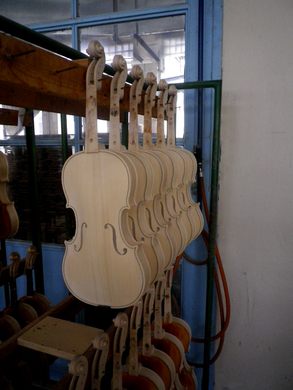

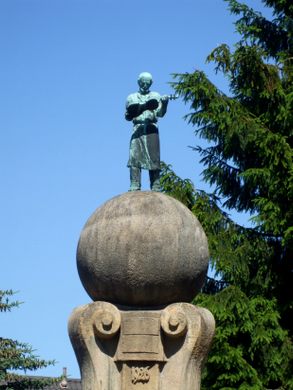
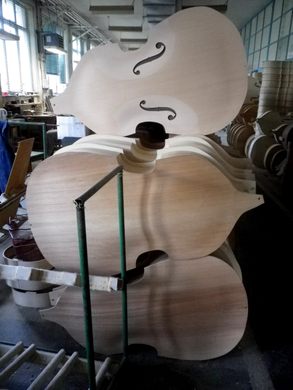
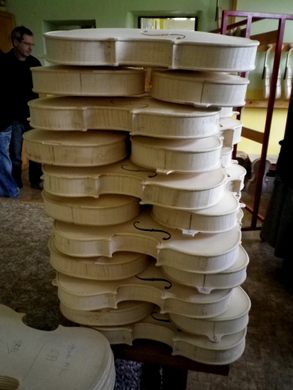

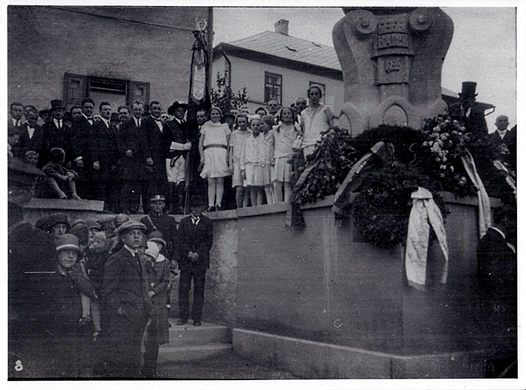






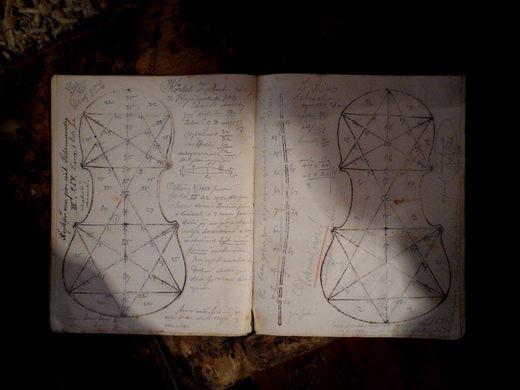

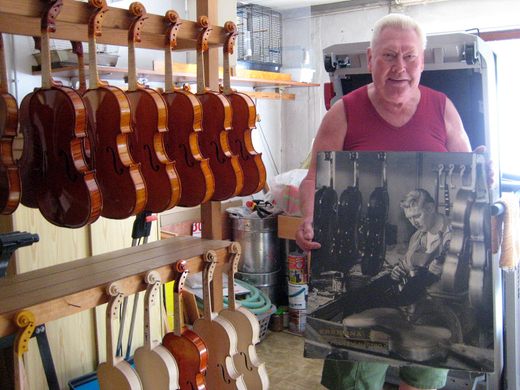

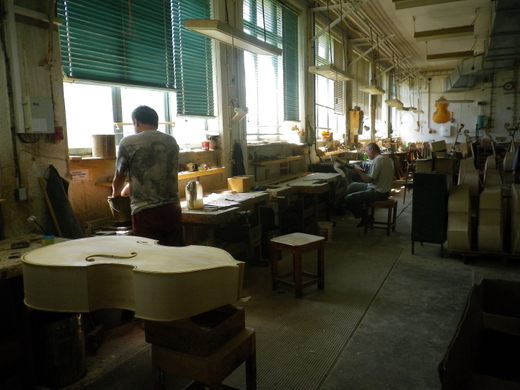




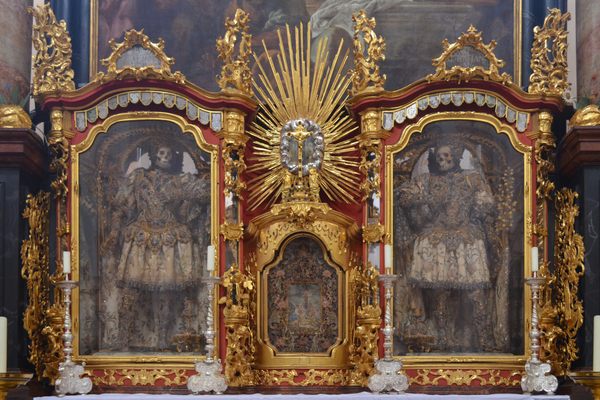
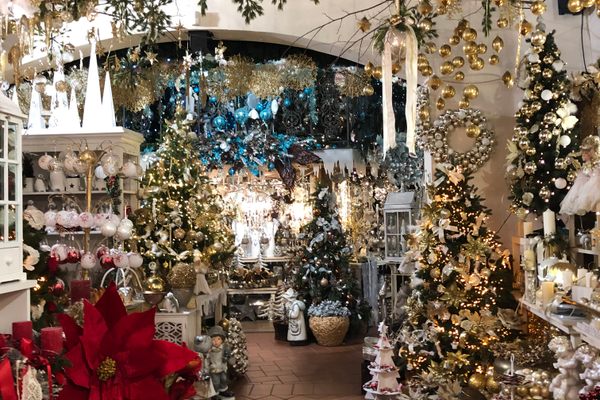
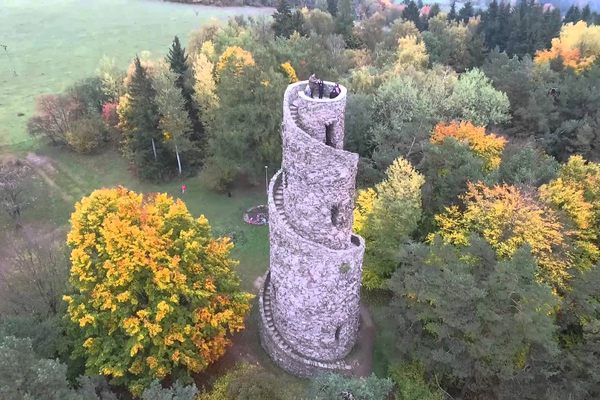

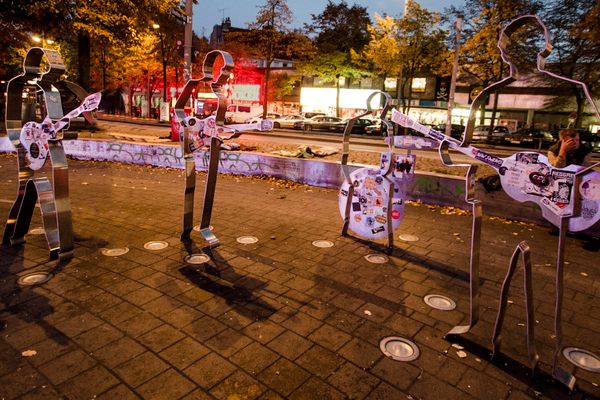
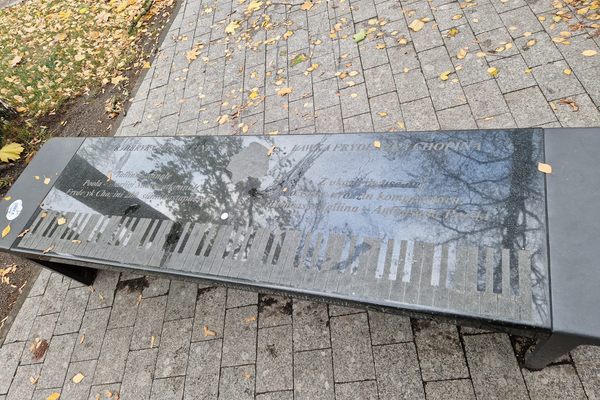


Follow us on Twitter to get the latest on the world's hidden wonders.
Like us on Facebook to get the latest on the world's hidden wonders.
Follow us on Twitter Like us on Facebook